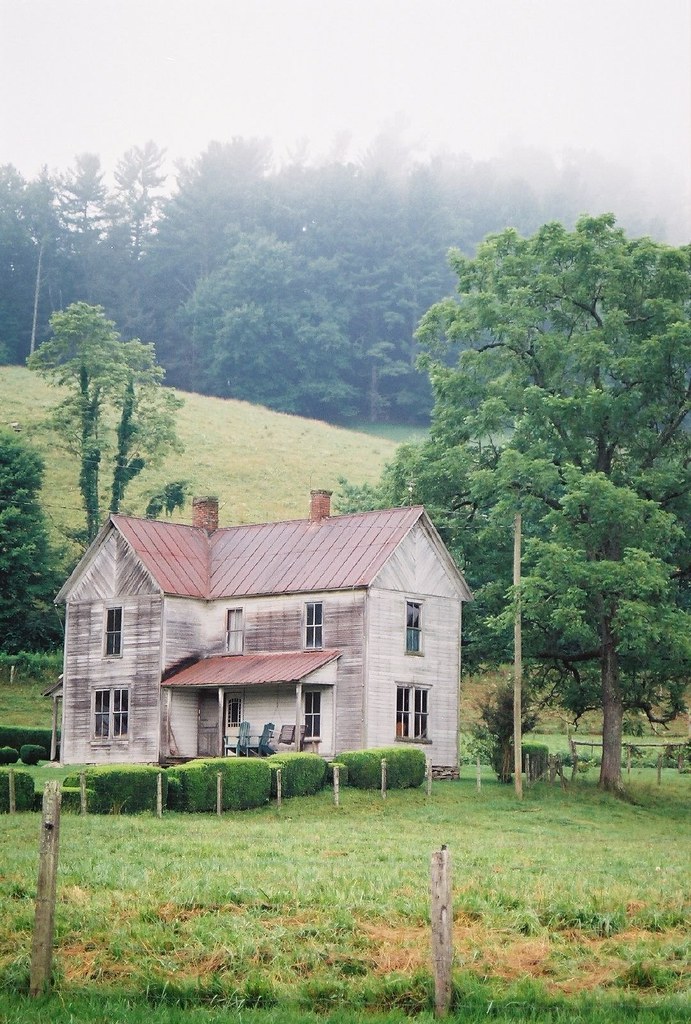Looking at the weather report I notice that this is one of those few mornings in the fall where the temperature here in SE Texas matches up rather closely with that of my blogger buddies on the Blue Ridge. Lets me close my eyes and at least feel connected to the mountains. You folks throw another log on the fire for me. We'll be heading up into the upper 60's by afternoon, so I have to enjoy the morning...Late Update: Once I got out and moving it became evident that we had a pretty good frost on every thing above the ground last night. Roofs were all pretty and white. And now the forcast is for low 70's...
I got an email from one of my old favorites from the printed media. Organic Gardening Newsletter is published by the people at Rodale.com. Swing over an check out their offerings. I grew up with the Rodale Family of books and magazines and still depend on a number of those titles when I need answers in the gardening, food quality, or health areas.
Let Nature Decide What's For Dinner
By Lauren Sloane
Have you ever bitten into a bland, mealy peach in the middle of winter? That stomach-turning taste and texture may be nature's way of telling you to start eating seasonally.
Just because you see a mango in your local supermarket during the fall or winter, doesn't mean that it's "in season" in your area. In the United States, shoppers have gotten used to having almost every fruit and vegetable available for purchase year-round. Produce is typically imported from other countries during times of the year when these fruits and veggies cannot be grown domestically. Despite the obvious convenience of consistently having a large array of foods available in your grocery store, imported produce may be smaller, more expensive, and simply taste below par.
Source: Eating with the Seasons
Follow the link to a listing of seasonal foods.
From the same source is a article from Wendell Berry
The Pleasure of Eating
By Wendell Berry
Many times, after I have finished a lecture on the decline of American farming and rural life, someone in the audience has asked, "What can city people do?"
"Eat responsibly," I have usually answered. Of course, I have tried to explain what I meant by that, but afterwards I have invariably felt that there was more to be said than I had been able to say. Now I would like to attempt a better explanation.
I begin with the proposition that eating is an agricultural act. Eating ends the annual drama of the food economy that begins with planting and birth. Most eaters, however, are no longer aware that this is true. They think of food as an agricultural product, perhaps, but they do not think of themselves as participants in agriculture. They think of themselves as "consumers." If they think beyond that, they recognize that they are passive consumers. They buy what they want—or what they have been persuaded to want—within the limits of what they can get. They pay, mostly without protest, what they are charged. And they mostly ignore certain critical questions about the quality and the cost of what they are sold: How fresh is it? How pure or clean is it, how free of dangerous chemicals? How far was it transported, and what did transportation add to the cost? How much did manufacturing or packaging or advertising add to the cost? When the food product has been manufactured or "processed" or "precooked," how has that affected its quality or price or nutritional value?
Source: Wendell Berry: The Pleasure of Eating
Photo for today

From our summer trip to the mountains...
